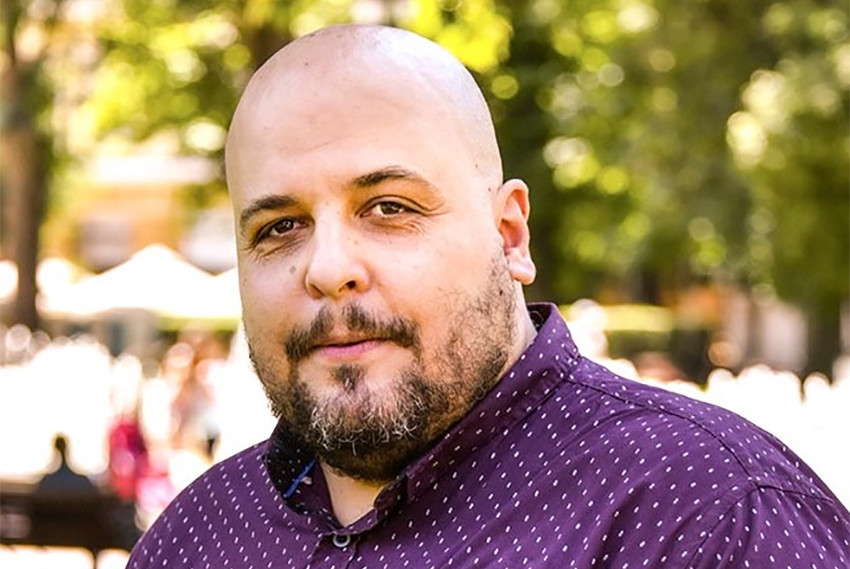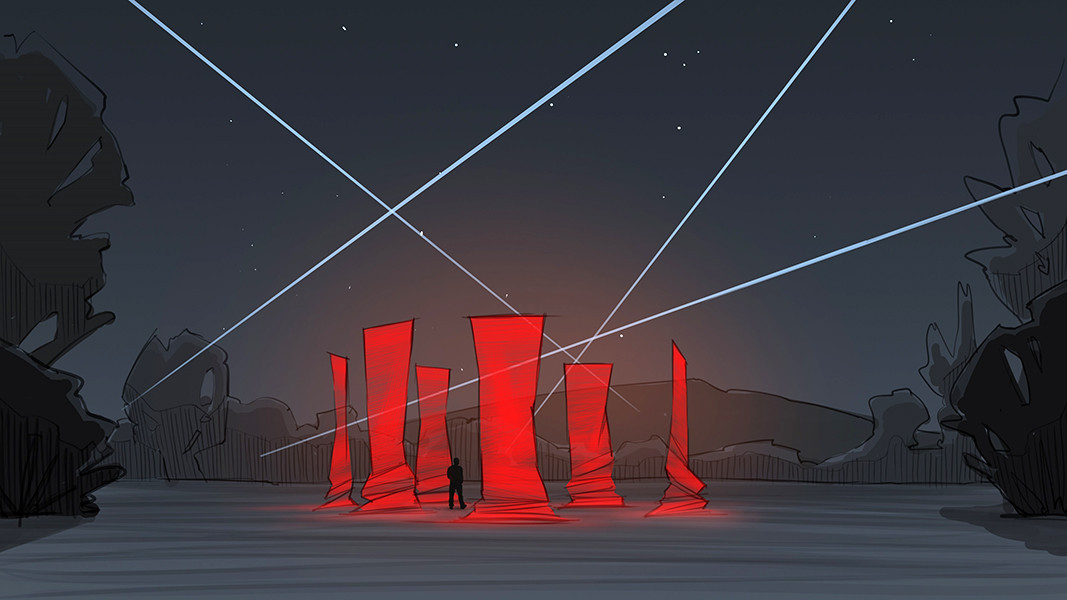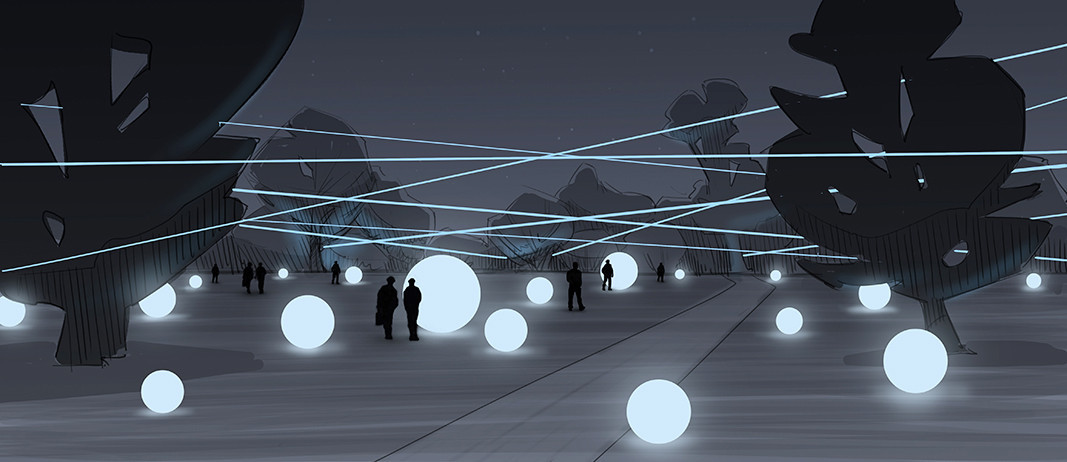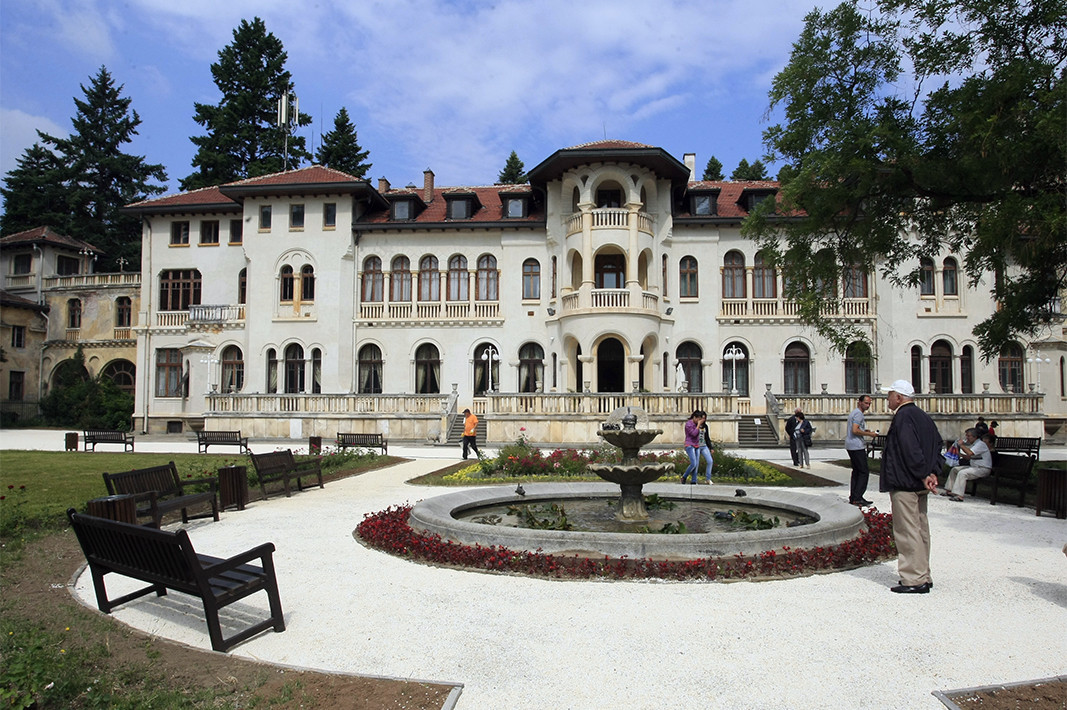Imagine the opportunity to be surrounded by nature, just a few kilometers from the heart of the big city, and feel the timelessness and tranquility that gives a sense of tomorrow's promises. The feeling that the light is there waiting for you…
This is exactly what the Vrana Park and the light installations Sofia lights, the work of the Urban Creatures team, will offer us for the second year in a row. For ten years now, they have been creating some of the most impressive graffiti murals on private buildings, holding festivals and working for a more beautiful urban environment in Sofia. An urban look that is more communicative with the people and the times in which we live.

From September 1 to 8, their latest project Sofia Lights takes us away from the sea of concrete, into nature, which they illuminate so that we can see ourselves. Yasen Geshev, who is behind the project, admits that it is difficult to explain the installations in words, but he is adamant that they are for people who are looking for tranquility and contemplation.

"Because we got tired. People's lifestyles have changed a lot in the past few years. The primary connection with nature and the spiritual world was severed and went into a frenzied viewing of pictures online. And at some point, especially during the pandemic, we said to ourselves - enough is enough, we are tired. We want to do something that's for people like us who want a break from spinning the earth. And it turns out that we are not alone and many people feel the same need. The most important thing for me is what Sofia Lights is not - it is not a show or mapping, it is not a celebration or a party. This is something that is very meditative and very personal, and the things we create are understood very individually by each person depending on the accumulated capacity they have for perception," Geshev told Radio Bulgaria.

This year, visitors will be able to provoke their personal capacity for perception every night between 9 pm until 12 midnight through three new light installations - "Megalith", "Presence" and "Fireflies". And due to the huge interest, the installation "Invisible Threads" will be shown again.
"The art itself happens in the head of the person immersed in these installations," he says. The titles are just a way to make communication easier, but really they are united by a common experience, for which the place undoubtedly deserves credit.

"The Vrana Park is a very special place, created over 120 years, cared for to this day. There is an extraordinary vibration there that makes time stand still. And we actually use nature and that energy to build on its spirit with the installations we've created, and the result is really impressive.”

The park is a true work of landscape art, created in Bulgaria in the first half of the 20th century, as part of the suburban summer residence of the Bulgarian kings Ferdinand I and Boris III, with a total area of 140 ha. In terms of its artistic qualities, it is not inferior to the famous landscape parks created in Europe in the 19th century. The chosen area was a bare plain deforested during the Ottoman rule, on which the homestead of the Turkish governor of Sofia, Osman Pasha, was located.

Everything in the park is designed in forms close to the natural ones, which is characteristic of the majority of European parks in the past. Its name is linked to Prince Ferdinand's love of ornithology and the story goes that it was named after the first bird to land in the palace, which was a crow (“vrana” stands for crow in Bulgarian). In 2001, the estate was donated by Simeon of Saxe-Coburg to the Sofia municipality.
Today, the park is home to 821 tree, shrub and herbaceous plant species, some of which are threatened with extinction. All of them will once again be home to Sofia Lights until September 8.

"There are many clichés about light. Light is a very strong metaphor for good, for God, for Love, and as a matter of fact, light does not have to shine. If there's a very tiny source of light a hundred metres away from you, it's noticeable, and I really like that metaphor for the modern day. The tiny lights of good are noticed from far away, and we perceive light precisely in this context - it doesn't have to illuminate everything around, but to be something that just stands there and is noticed from afar," says Yasen Geshev.
Again this year, the organizers of the event have provided free access and conditions for movement along the alleys for disabled people and remind that as a work of art pets, bicycles and food are not allowed in the park. All conditions and measures are described on the website of the event, which is part of the official Calendar of cultural events of Sofia Municipality.
English version Rositsa Petkova
Photos: BGNES, park-vrana.com, urbancreatures.bg, artsofia.bg
Spanish writer Ana Andreu Baquero is coming to Bulgaria to present her novel "The Princess of Buchenwald" , the Cervantes Institute, which is organising the event with the Hermes publishing house, announced. The presentation of the book is scheduled..
On February 12, in the cosy space of the Bulgaria Gallery in the heart of Rome, compatriots and Italians will gather to commemorate a Bulgarian healer who with perseverance and dedication managed to change the lives of thousands of..
"Music discovered me," says Georgi Grozev and tells us with a smile how in kindergarten he went to sign up for piano lessons on his own. "And that is how my journey in music started, almost as a joke." Georgi Grozev studies..
"Music discovered me," says Georgi Grozev and tells us with a smile how in kindergarten he went to sign up for piano lessons on his..
The exhibition "Possible Connections: Images from the Studio of Nikolai Schmirgela" opens today at the Sofia City Art Gallery. The exhibition is his..
On February 12, in the cosy space of the Bulgaria Gallery in the heart of Rome, compatriots and Italians will gather to commemorate a..

+359 2 9336 661
